Maximizing Fire Safety with Aqueous Film Forming Foam (AFFF): Key Applications and Benefits
In the fire safety Industry, Aqueous Film Forming Foam (AFFF) applications have emerged as a game-changer, offering superior fire suppression capabilities and numerous benefits over traditional firefighting methods. This innovative foam technology has revolutionized the way we approach fire control, making it an essential tool in various industries.
In this article, we will learn about the key AFFF applications, fire safety benefits, and AFFF benefits that make it a top choice for effective fire control.
Breaking Down Aqueous Film Forming Foam (AFFF)
Aqueous Film Forming Foam (AFFF) is a specialized type of firefighting foam that has revolutionized the way we approach fire suppression. It is a carefully formulated mixture of three key components: water, hydrocarbon-based surfactants, and fluorochemical surfactants. Each of these elements plays a dedicated role in the effectiveness of AFFF in combating fires.
Composition of AFFF
- Water: The primary component of AFFF is water, which serves as the base for the foam solution. Water provides the necessary cooling effect on the burning surface, helping to reduce the temperature and prevent the fire from spreading.
- Hydrocarbon-based Surfactants: Hydrocarbon-based surfactants are added to the water to reduce its surface tension. This allows the foam solution to easily spread across the surface of the burning liquid, creating a barrier between the fuel and the air. These surfactants also contribute to the foam’s stability and help in the formation of the aqueous film.
- Fluorochemical Surfactants: Fluorochemical surfactants are the key ingredient that sets AFFF apart from other firefighting foams. These surfactants contain fluorine, which has excellent heat resistance and chemical stability properties. When added to the foam solution, fluorochemical surfactants further reduce the surface tension, enabling the rapid spreading of the foam across the liquid’s surface.
How AFFF Works
When AFFF is deployed on a flammable liquid fire, it quickly spreads across the surface, forming an aqueous film. This film is a thin layer of water that separates the fuel from the air, effectively cutting off the oxygen supply to the fire. The aqueous film also helps to cool the burning surface, reducing the temperature and preventing the fire from reigniting.
The combination of hydrocarbon-based and fluorochemical surfactants in AFFF allows for the rapid formation of this aqueous film. Hydrocarbon-based surfactants help create a stable foam blanket, while fluorochemical surfactants enable the foam to spread quickly and form the film.
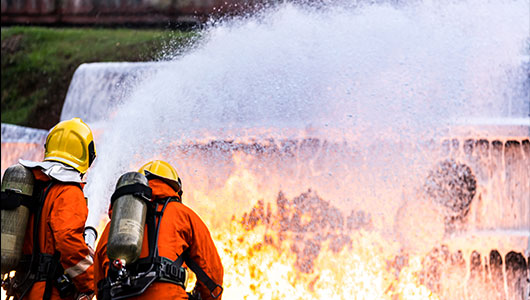
Key AFFF Applications
AFFF applications span across a wide range of industries and scenarios where flammable liquids pose a significant fire risk. Some of the most notable applications include:
- Aviation Industry: AFFF is widely used in airport fire suppression systems, protecting aircraft, hangars, and fuel storage areas from potential fires. Its rapid-fire knockdown capabilities and ability to prevent re-ignition make it an essential tool in ensuring aviation safety.
- Petrochemical Industry: AFFF applications are critical in the petrochemical sector, where the presence of flammable liquids such as oil, gasoline, and solvents is common. AFFF is used to protect storage tanks, processing units, and transportation facilities from fire hazards, minimizing the risk of catastrophic events.
- Marine Industry: AFFF is a vital component of marine fire suppression systems, safeguarding ships, offshore platforms, and port facilities. Its effectiveness in extinguishing fires on the water’s surface and preventing the spread of flammable liquids makes it a crucial tool in maritime fire safety.
- Military Applications: AFFF applications extend to military operations, where it is used to protect military vehicles, aircraft, and facilities from fire risks. Its ability to quickly extinguish fires in challenging environments makes it an essential asset in military fire safety protocols.
Fire Safety Benefits of AFFF
The fire safety benefits of AFFF are numerous, making it a preferred choice for fire suppression in various scenarios. Let’s explore some of the key benefits:
- Rapid Fire Knockdown: One of the most significant AFFF benefits is its ability to rapidly knock down fires. The foam quickly spreads across the surface of the burning liquid, smothering the flames and cooling the fuel, effectively extinguishing the fire in a matter of seconds.
- Vapor Suppression: AFFF not only extinguishes the fire but also suppresses the release of flammable vapors. By creating a barrier between the fuel and the air, AFFF prevents the reignition of the fire, ensuring effective fire control and minimizing the risk of secondary fires.
- Compatibility with Other Firefighting Agents: AFFF can be used in conjunction with other firefighting agents, such as dry chemicals and water, enhancing the overall effectiveness of fire suppression efforts. This compatibility allows for a multi-layered approach to fire control, maximizing safety and minimizing damage.
- Reduced Water Usage: Compared to traditional water-based firefighting methods, AFFF requires significantly less water to extinguish fires. This not only conserves water resources but also minimizes water damage to the surrounding areas, making it an environmentally friendly fire suppression solution.
- Versatility: AFFF applications extend beyond just flammable liquid fires. It can also be used to combat fires caused by solid combustibles, like wood, paper, and plastics, making it a versatile tool in fire safety arsenals.
Ensuring Effective Fire Control with AFFF
To maximize the fire safety benefits of AFFF and ensure effective fire control, proper training and equipment maintenance are crucial. Fire safety personnel must be well-versed in the correct application techniques, foam proportioning, and equipment operation to achieve optimal results.
Training and Education
- Application Techniques: Fire safety personnel should be trained in the proper application techniques for AFFF. This includes understanding the appropriate foam-to-water ratio, application rates, and nozzle techniques for various fire scenarios. Proper application ensures that the AFFF is deployed effectively, maximizing its fire suppression capabilities.
- Foam Proportioning: Accurate foam proportioning is essential for the optimal performance of AFFF. Fire safety personnel must be trained in the correct proportioning methods, such as batch mixing, inline inductors, or balanced pressure systems. Proper proportioning ensures that the AFFF solution has the right concentration of foam concentrate to effectively combat the fire.
- Equipment Operation: Fire safety personnel should be well-versed in the operation of AFFF firefighting equipment, including foam monitors, nozzles, and proportioning devices. Familiarity with the equipment ensures that personnel can deploy AFFF quickly and efficiently during a fire emergency.
Maintenance and Testing
Regular maintenance and testing of AFFF firefighting systems are essential to ensure their readiness and effectiveness when needed.
- Foam Concentrate Quality: AFFF foam concentrates should be regularly checked for quality and replaced if necessary. Factors such as storage conditions, age, and contamination can affect the performance of the foam concentrate. Regular testing and replacement ensure that the AFFF solution remains effective when deployed.
- Equipment Inspection: AFFF firefighting equipment should be inspected periodically to ensure proper functioning. This includes checking foam monitors, nozzles, and proportioning devices for any evidence of wear, damage, or obstruction. Regular inspections help detect and resolve all sorts of issues before they compromise the effectiveness of the AFFF system.
- Fire Drills and System Testing: Conducting periodic fire drills and system testing is crucial to assess the performance of the AFFF firefighting system. These drills provide an opportunity to evaluate the response time, equipment functionality, and personnel readiness. Any identified deficiencies can be addressed through additional training or equipment maintenance.
The Future of AFFF in Fire Safety
As technology continues to evolve, so do the advancements in AFFF formulations and application methods. Researchers and manufacturers are continuously developing more efficient and environmentally friendly AFFF solutions, addressing concerns related to the presence of perfluoroalkyl substances (PFAS) in traditional AFFF formulations.
Note: The fire safety industry is also exploring innovative delivery systems, such as compressed air foam systems (CAFS) and high-expansion foam systems, which further enhance the AFFF benefits and expand its range of applications.
Conclusion
Aqueous Film Forming Foam (AFFF) has revolutionized the fire safety landscape, offering unparalleled fire safety benefits and effective fire control in various industries and applications. From aviation and petrochemical sectors to marine and military settings, AFFF applications have proven to be a game-changer in minimizing fire risks and ensuring the safety of personnel and assets.
By understanding the key AFFF benefits, such as rapid fire knockdown, vapor suppression, and compatibility with other firefighting agents, fire safety professionals can leverage this technology to its fullest potential. With proper training, equipment maintenance, and continuous advancements in AFFF formulations and delivery systems, we can look forward to a safer future where the risks of devastating fires are significantly reduced.
Read More Articles:
Foam Concentrates vs Traditional Fire Extinguishers: Which is More Effective?
Protein Foam Concentrates: Harnessing Nature’s Power for Effective Fire Suppression | Guide 2024
The Ultimate Guide to Fire Extinguishers: Types, Uses, and Maintenance
Related Articles

Protein Foam: Your Guide to Effective Fire Suppression
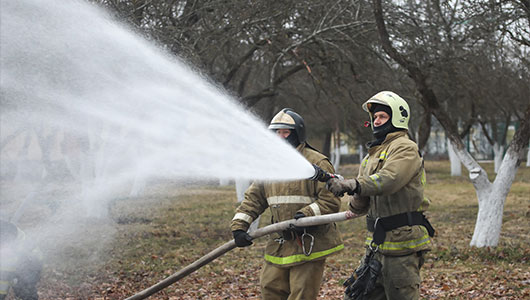
AR-AFFF Foam: Find the Right Formula for Your Needs

AFFF Foam: Your Essential Guide to Fire Safety

Why ECOFOAM is the Future of Environmentally Friendly Firefighting

Foam Concentrates: Sustainable Solutions for Environmentally Conscious Fire Protection

The Right Foam for Every Fire: Synthetic Concentrates for Varied Hazards & Environments

Expansion Foam Concentrate: The Ultimate Solution for Controlling Flammable Liquid Fires
Stop Fire in Its Tracks: Protein Foam's Versatility Across Hazards & Environments

Fluorine-Free Foam (ECOFOAM): Next-Generation Fire Suppression Solutions for Modern Challenges
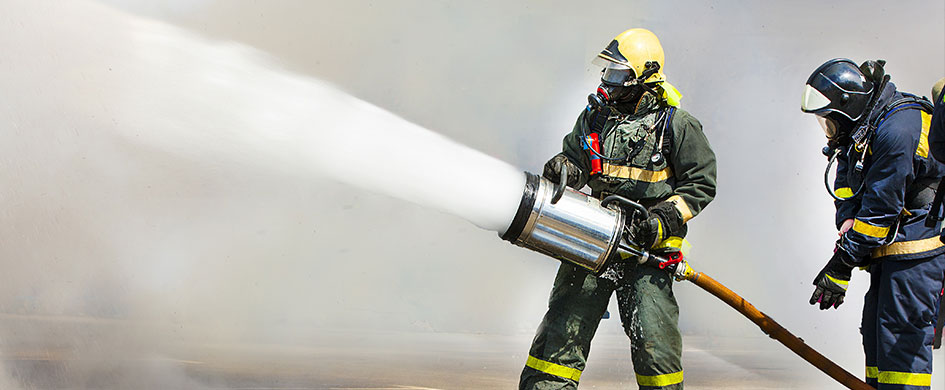
Future of Firefighting is Here: Top Trends in Foam Concentrate Technology Explained

Synthetic Foam Concentrates: The Science Behind Superior Fire Control

Expansion Foam Concentrate: The Game Changer for Fighting Large Fires
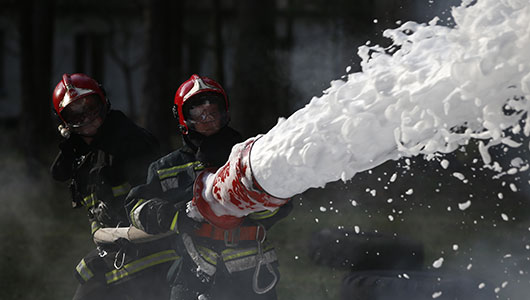
Protein Foam 101: How It Works to Fight Fires
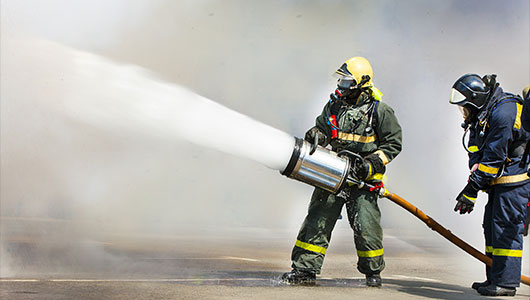
Advantages of Advanced AR-AFFF Foam Technology - Fire Protection Ultimate Guide 2024
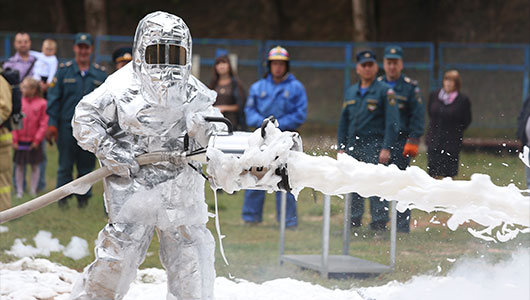
Foam Concentrates vs Traditional Fire Extinguishers: Which is More Effective?

Fight Fires Eco-Friendly: Rise & Future of Fluorine-Free Foam (ECOFOAM)

Synthetic Foam Concentrates: Advancing Fire Suppression with Cutting-Edge Technology

Expand Your Fire Safety Arsenal: Exploring the Versatility of Expansion Foam Concentrate
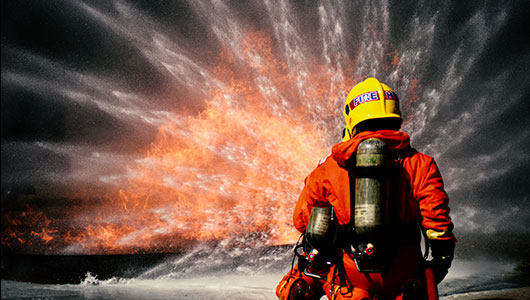
Protein Foam Concentrates: Harnessing Nature's Power for Effective Fire Suppression | Guide 2024
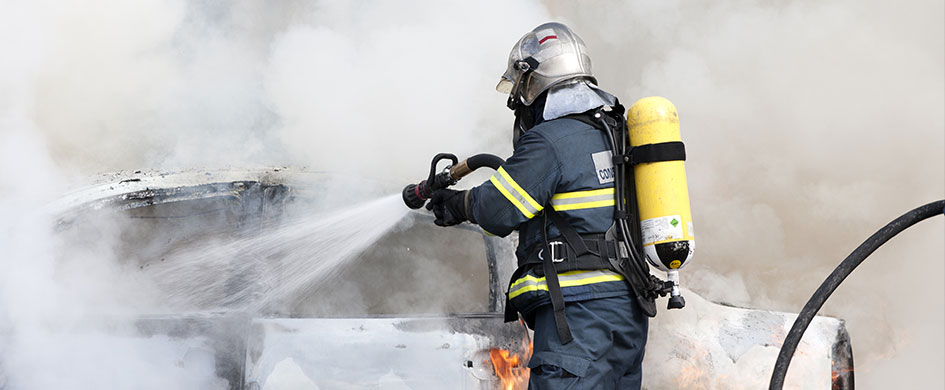
Advanced AR-AFFF Foam: The Cutting-Edge Solution for Superior Fire Suppression Performance
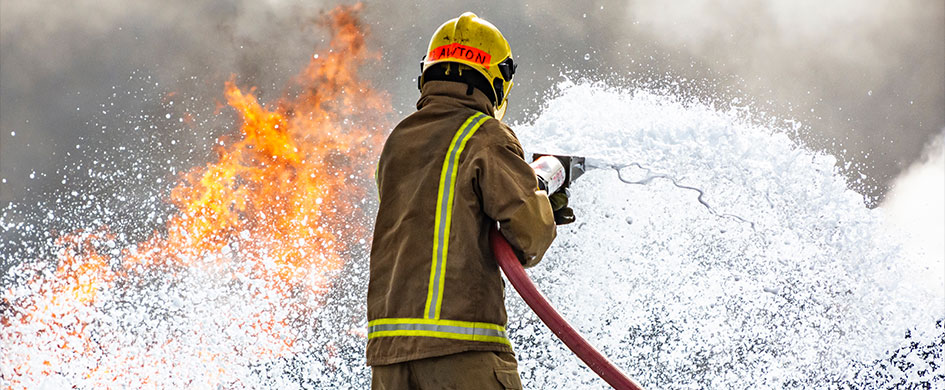
Understanding AFFF Role in Rapid Fire Suppression

The Rise of Eco-Friendly Fire Suppression: Exploring Fluorine Free Foam (ECOFOAM) Solutions

Foam Concentrates: The Ultimate Guide(2024) to Effective Fire Suppression
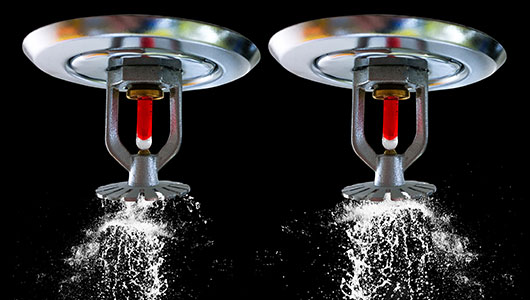
Choosing the Right Fire Sprinkler System for Your Commercial Property
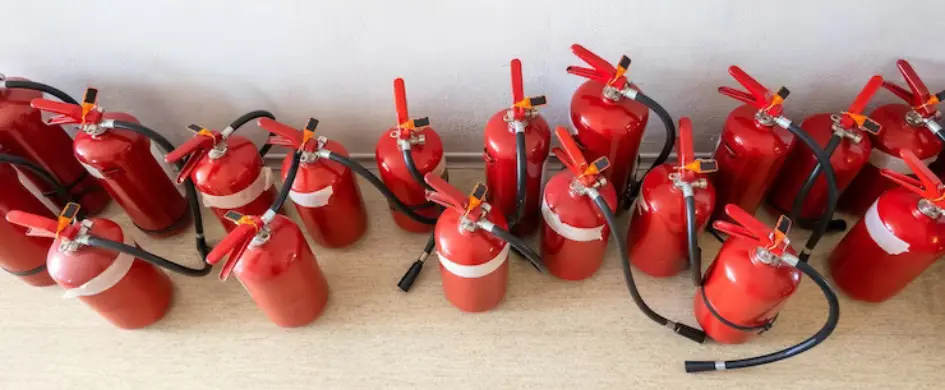
Emergency Evacuation Planning: Steps to Ensure Workplace Safety

The Ultimate Guide to Fire Extinguishers: Types, Uses, and Maintenance
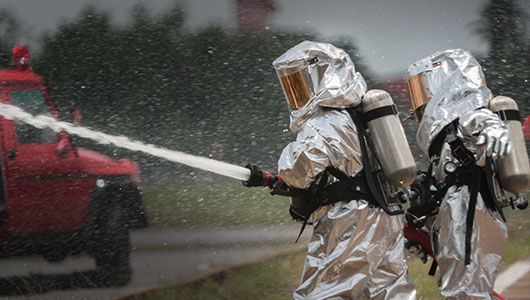
The Role of Personal Protective Equipment (PPE) in Firefighting
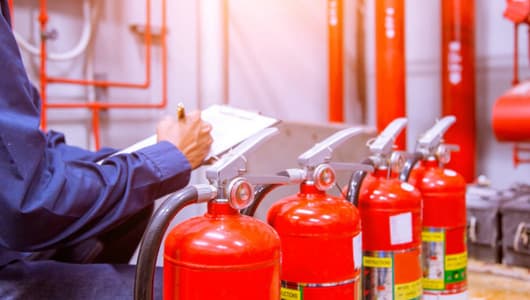
Keeping Your Business Safe: A Comprehensive Guide to Fire Risk Assessments
Protecting Your Electrical Equipment: The Importance of a Fire Suppression System for Electrical Panels
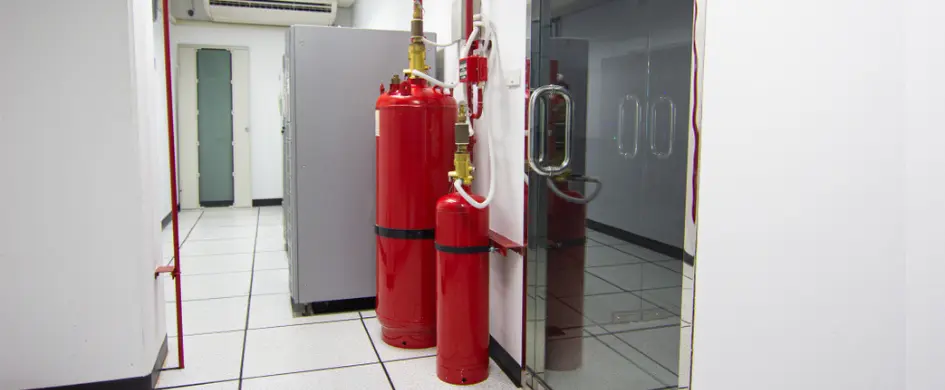
Protect Your Data Center with a Reliable Fire Suppression System

How to choose a water mist fire extinguisher
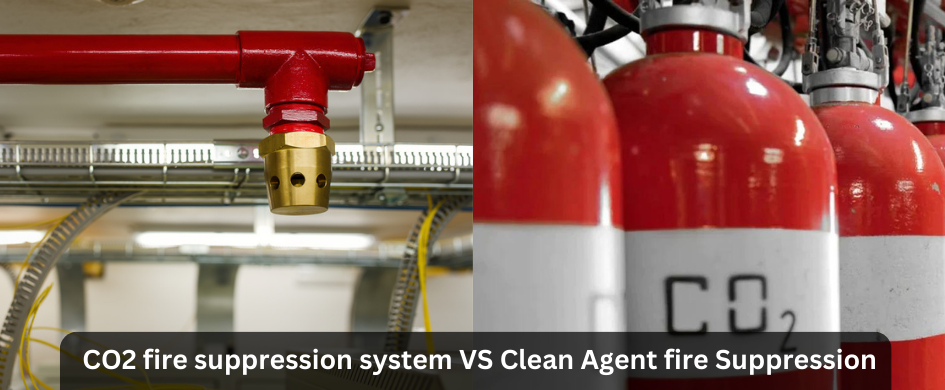
CO2 Fire Suppression System vs Clean Agent fire Suppression
Ensuring Safety in the Factory: Choosing the Right Fire Fighting Equipment
The Top 5 Places Where Fire Suppression Systems are a Must

How to Choose the Right Fire Safety Equipment for Factories
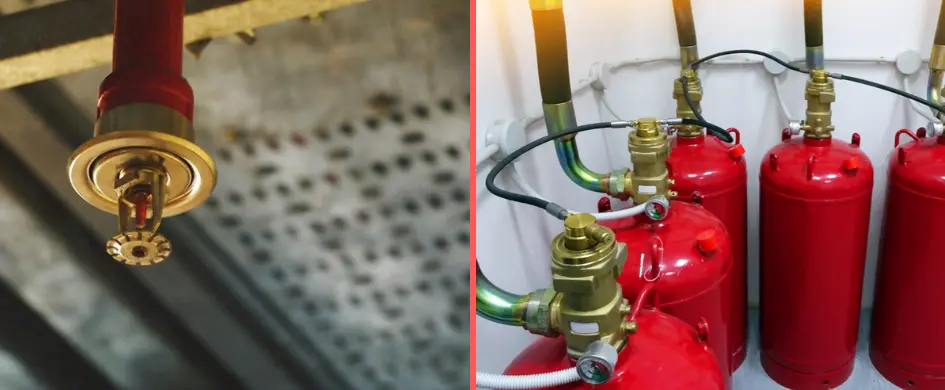
Difference Between Fire Suppression System and Fire Sprinkler
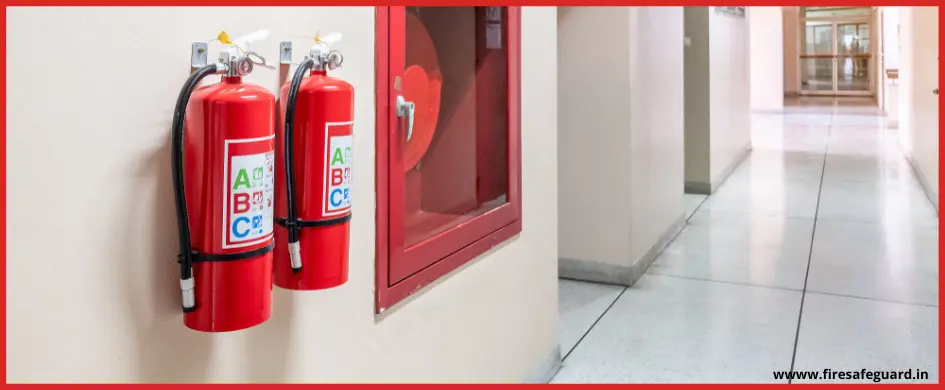
Ultimate Fire Extinguisher Buying Guide for Business owners

Known and Unknown Facts about Fire Everyone Should Know
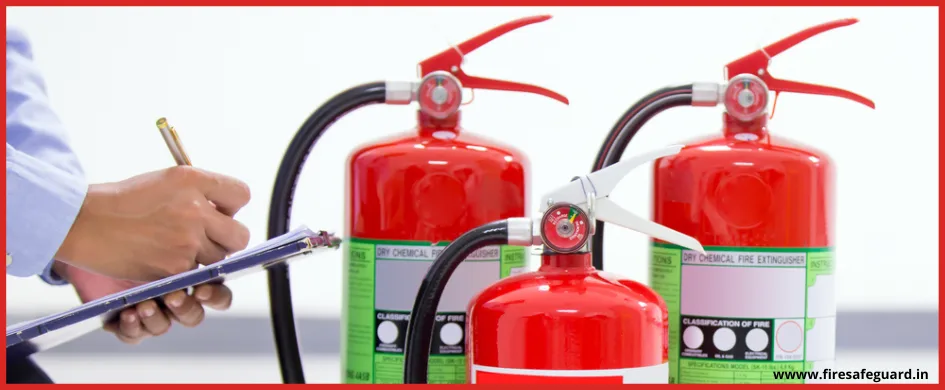
Everything you need to know about Water Type Extinguisher

What is a Clean Agent Fire Extinguisher ? Detailed Guide 2024
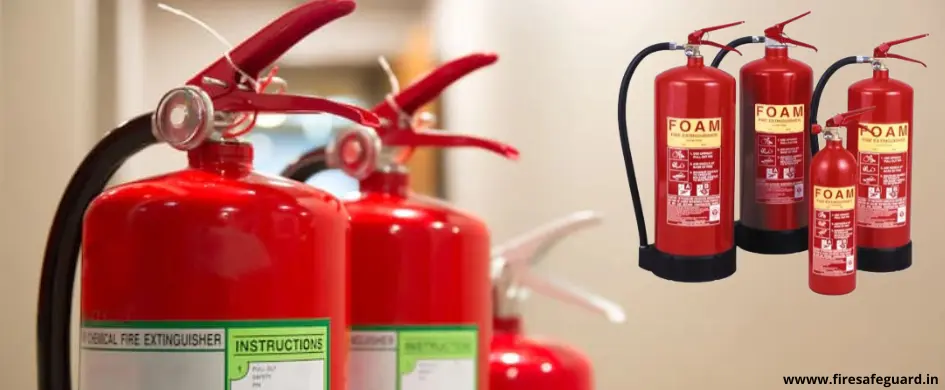
Everything You Need to Know About Foam-Type Fire Extinguishers
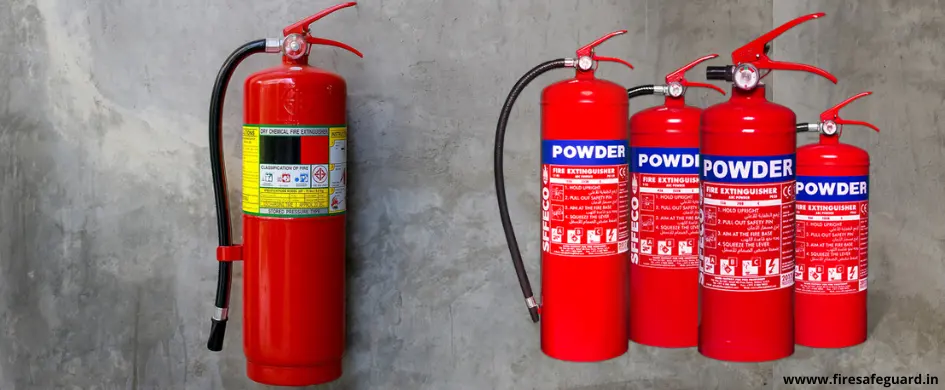
Everything You Need to Know about Dry Chemical Fire Extinguishers - Detailed Guide 2024

Top Fire Extinguisher Manufacturers in India


